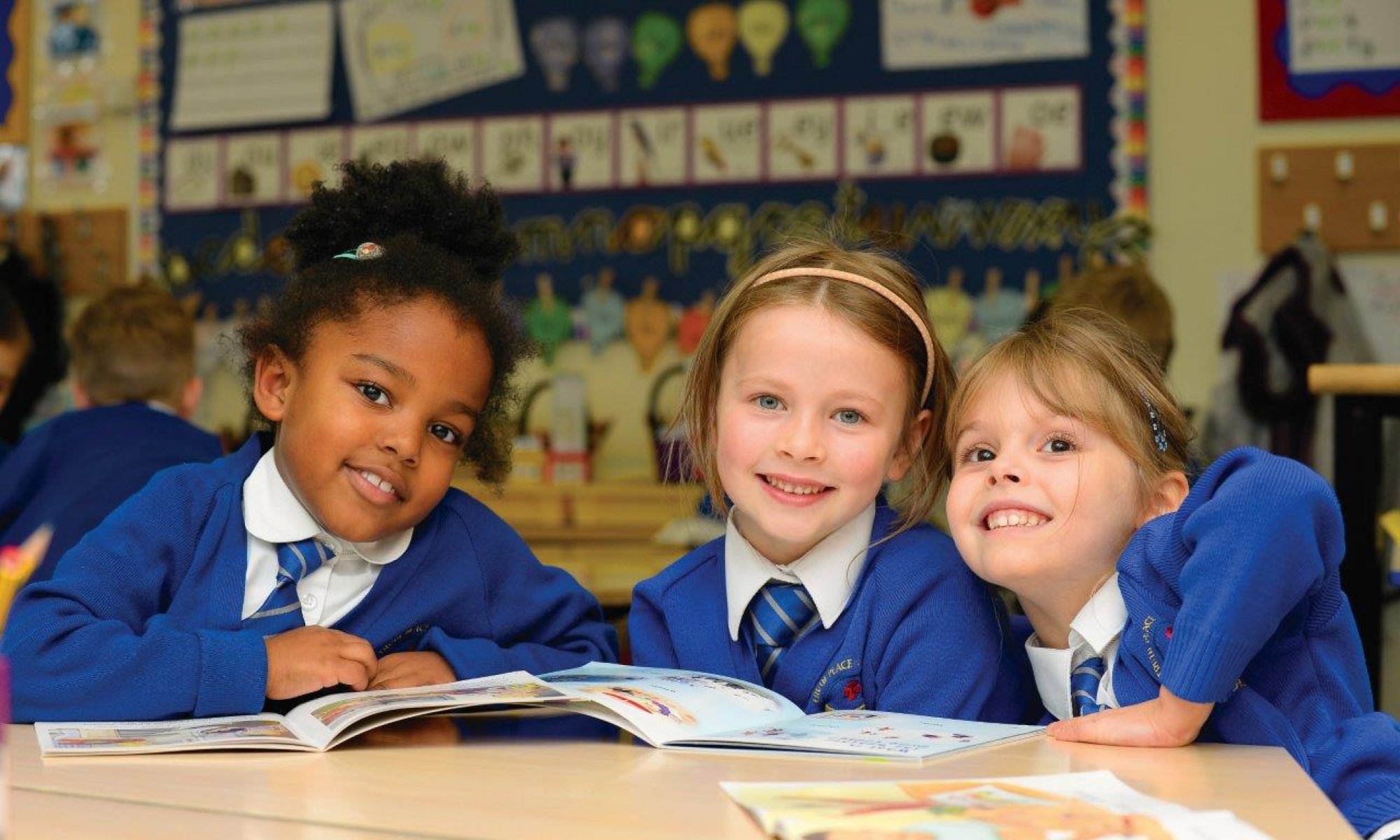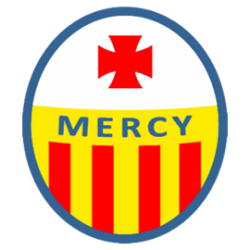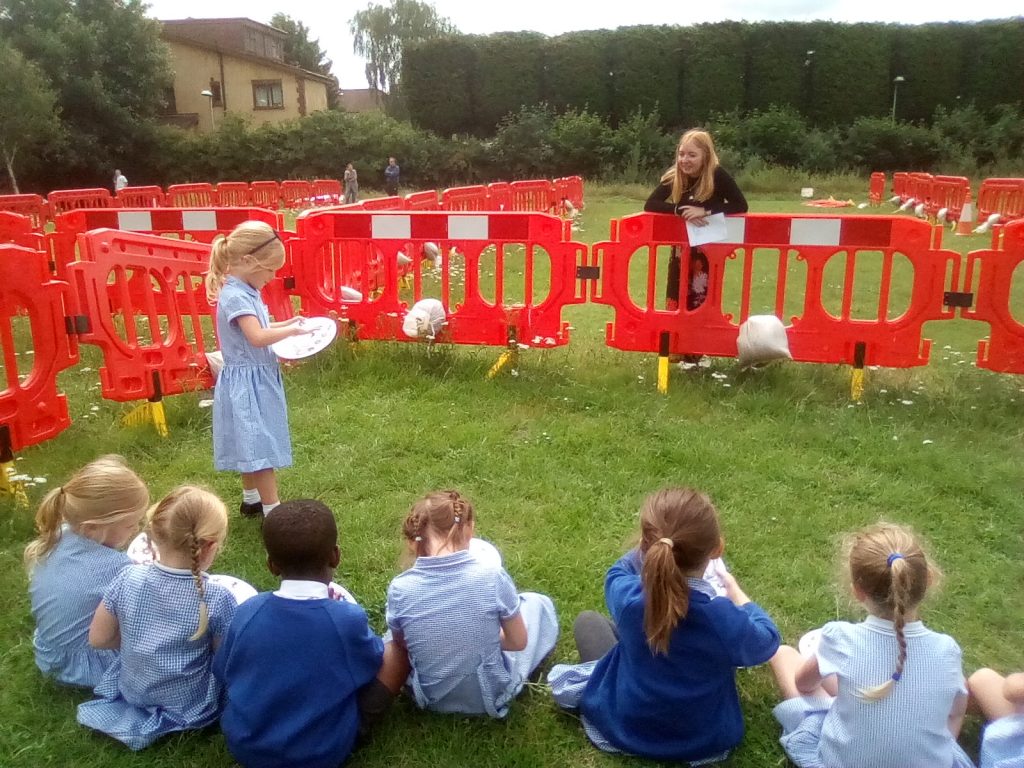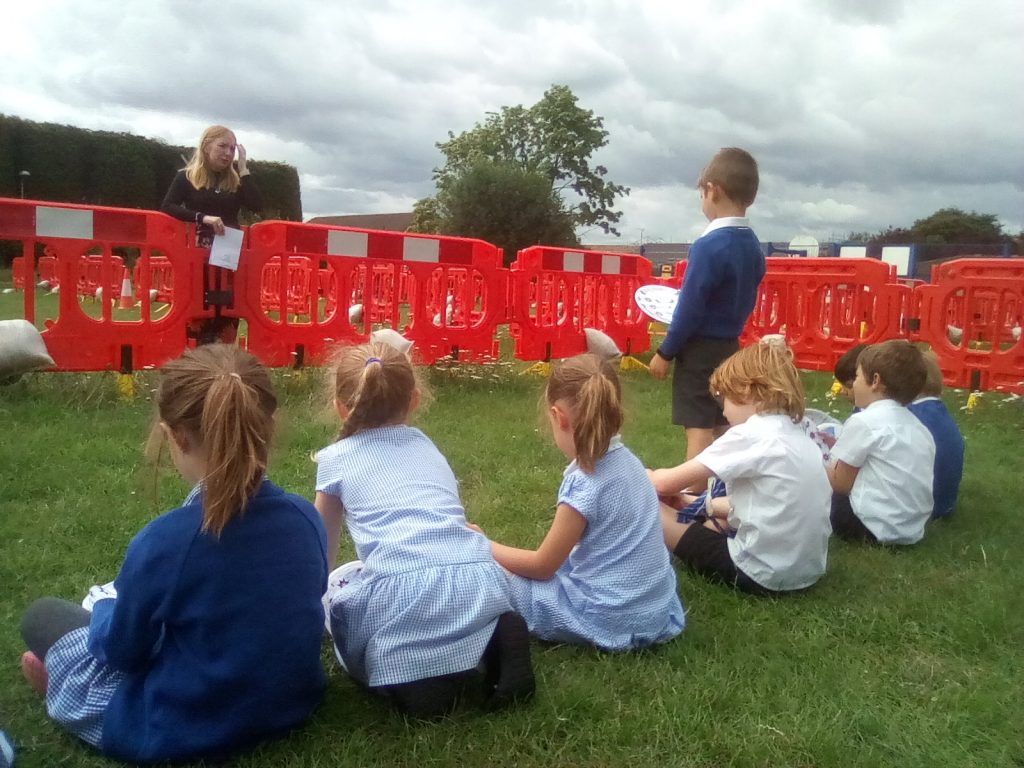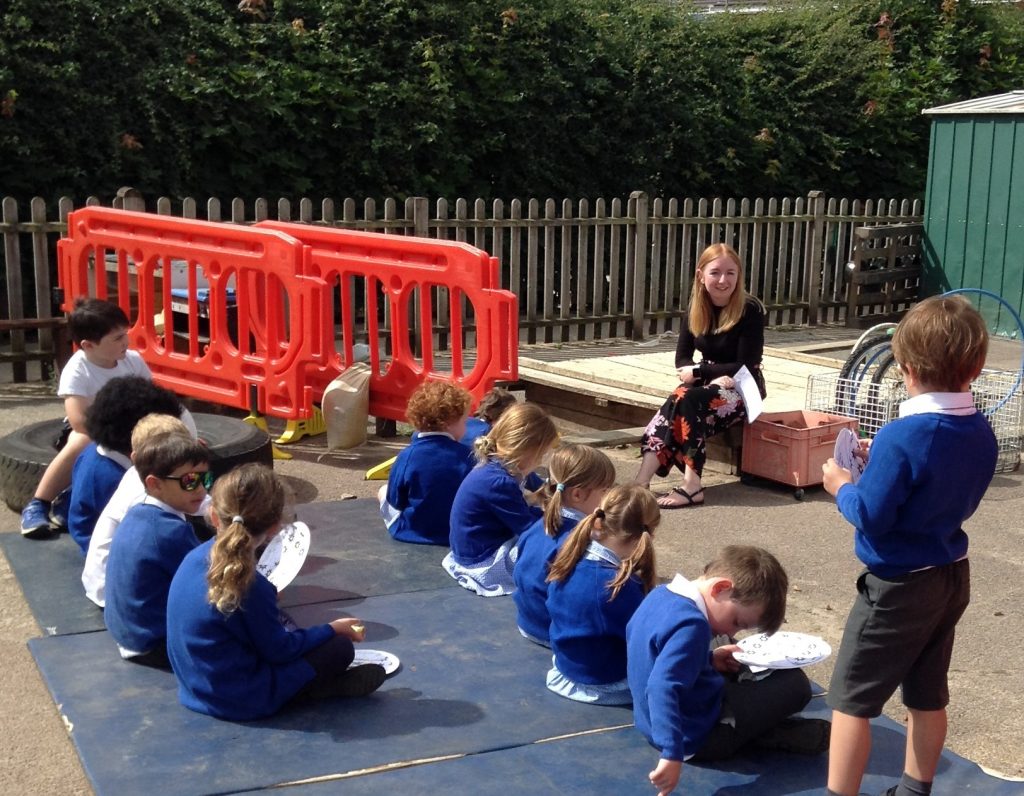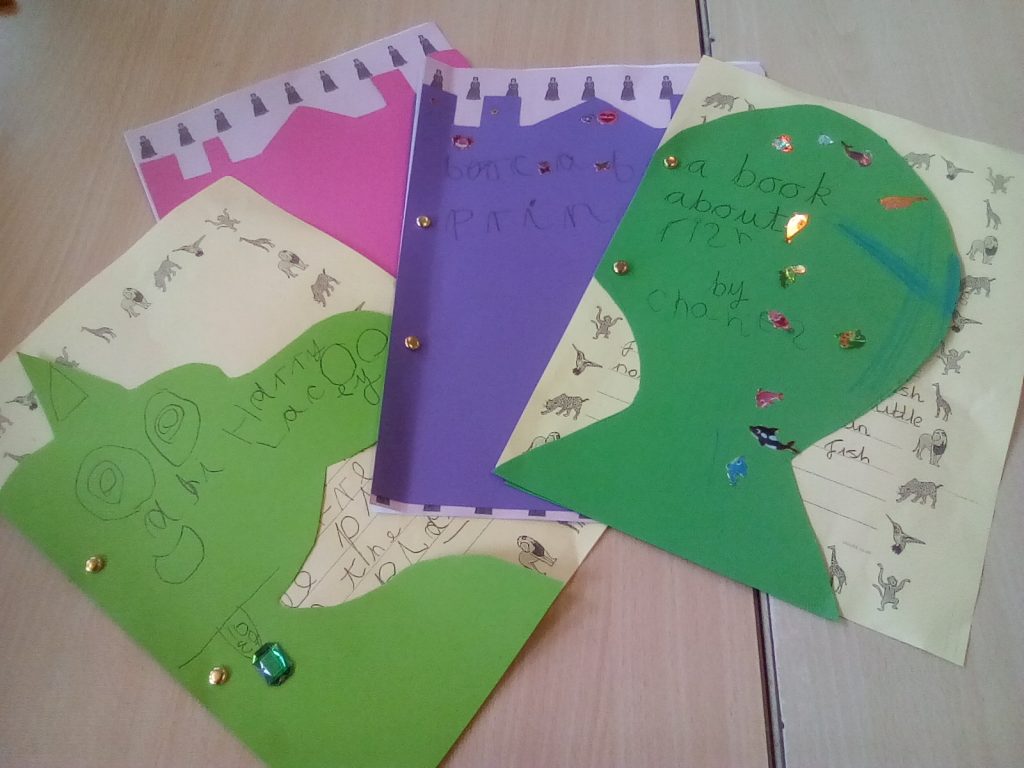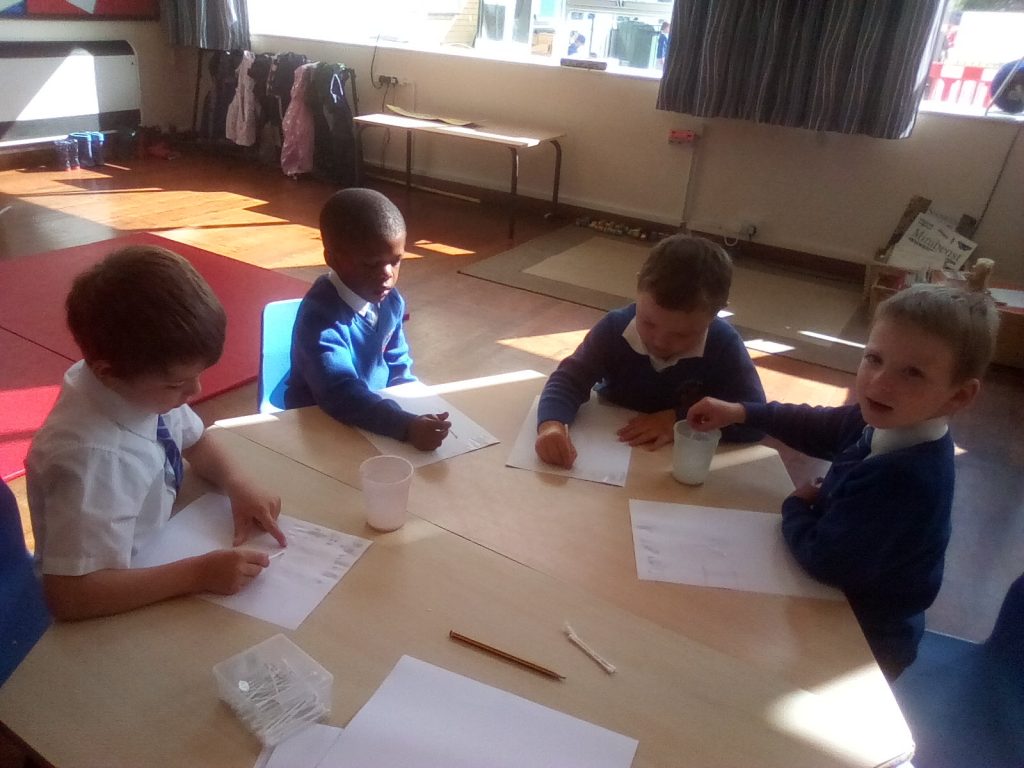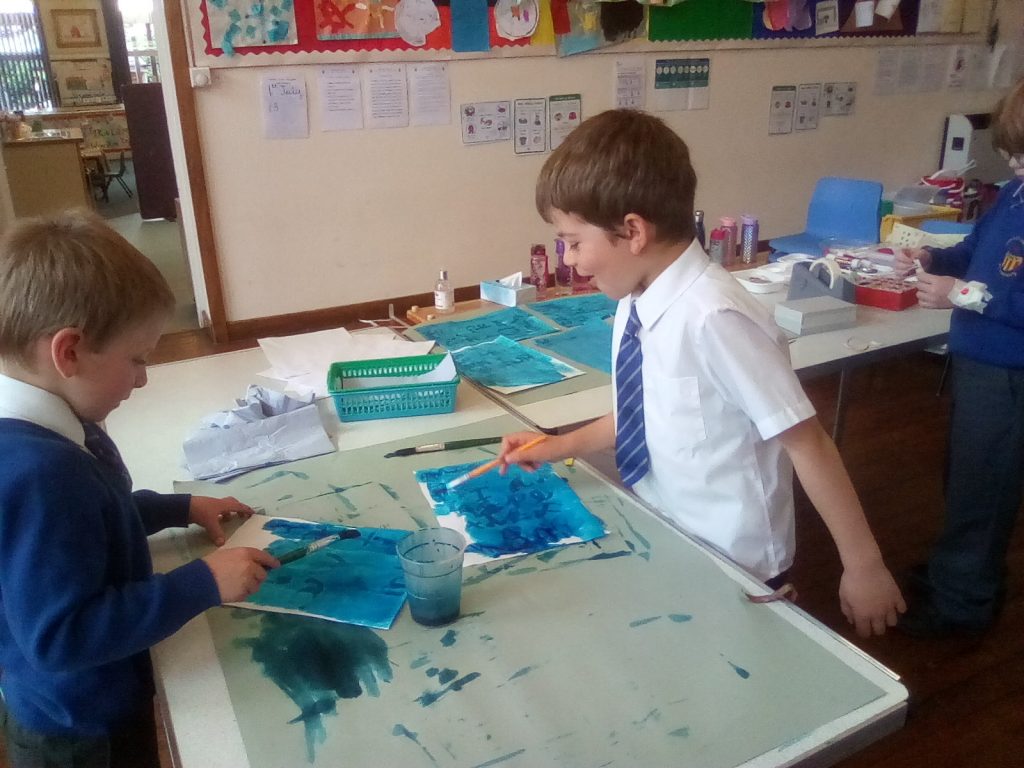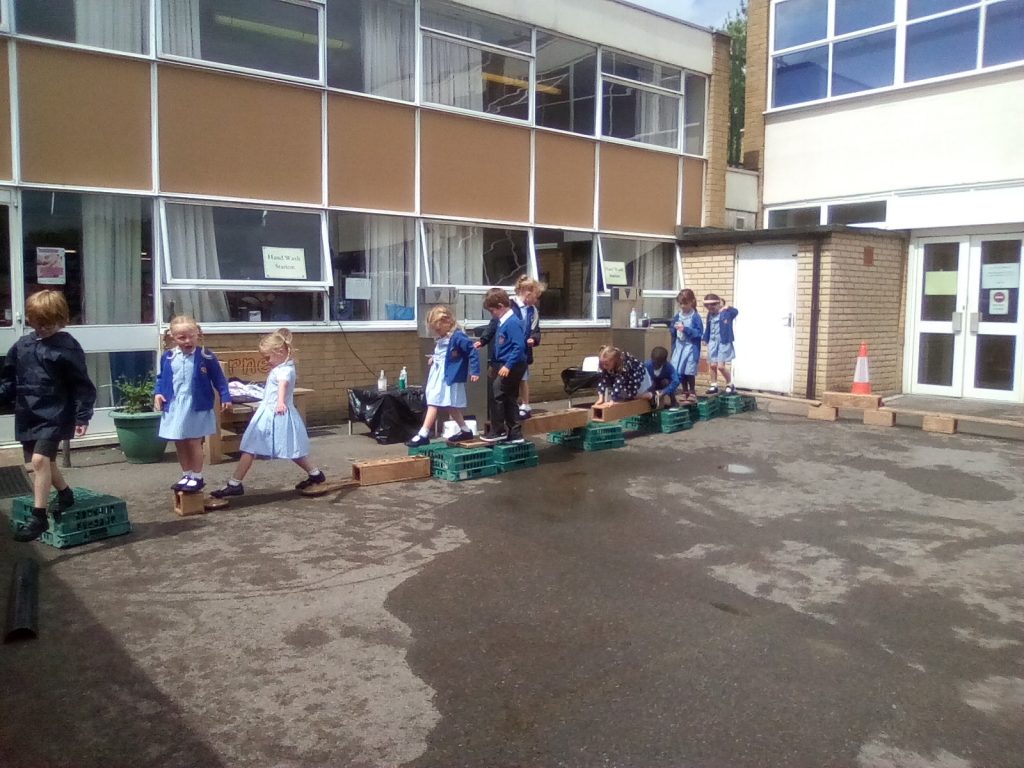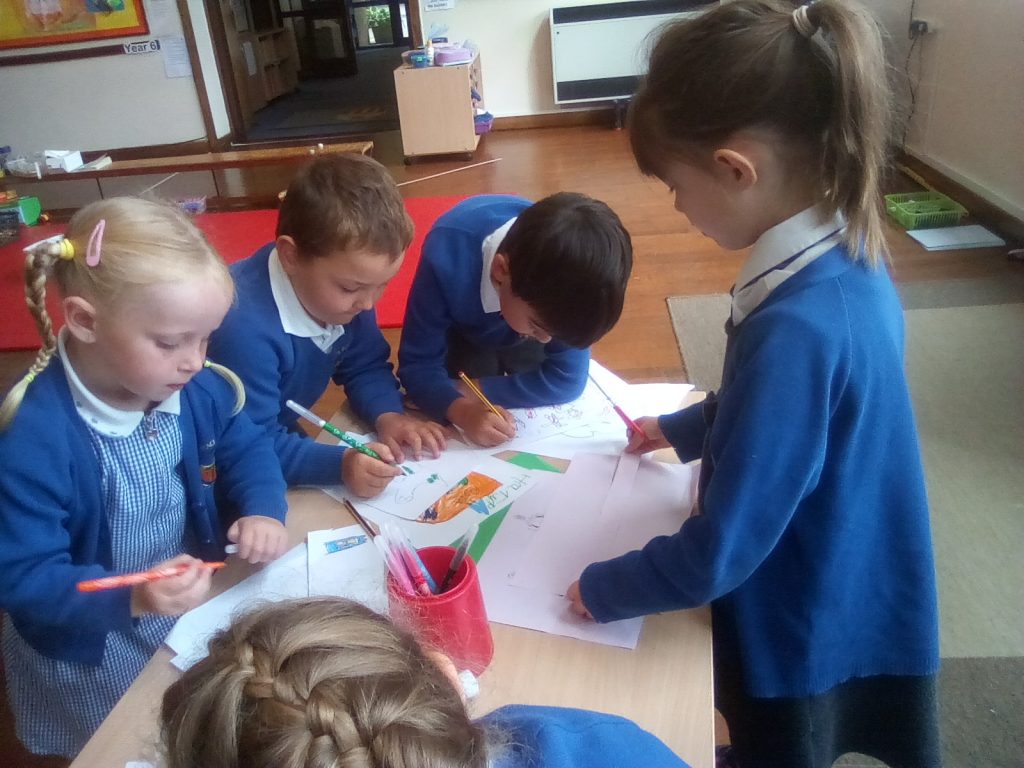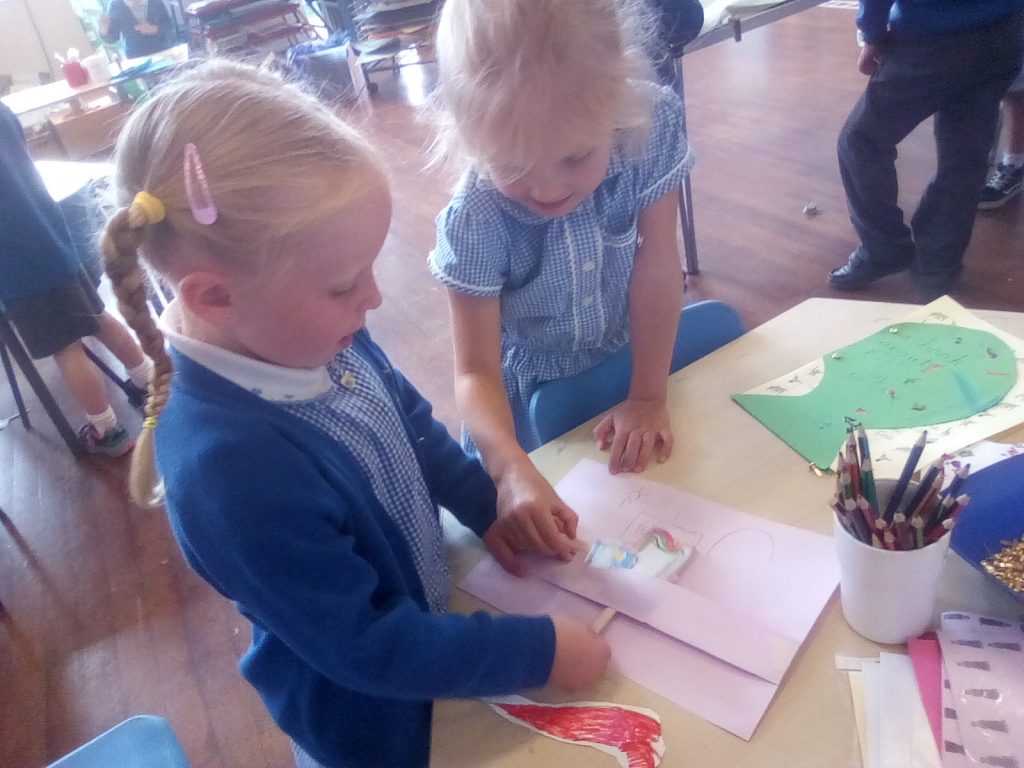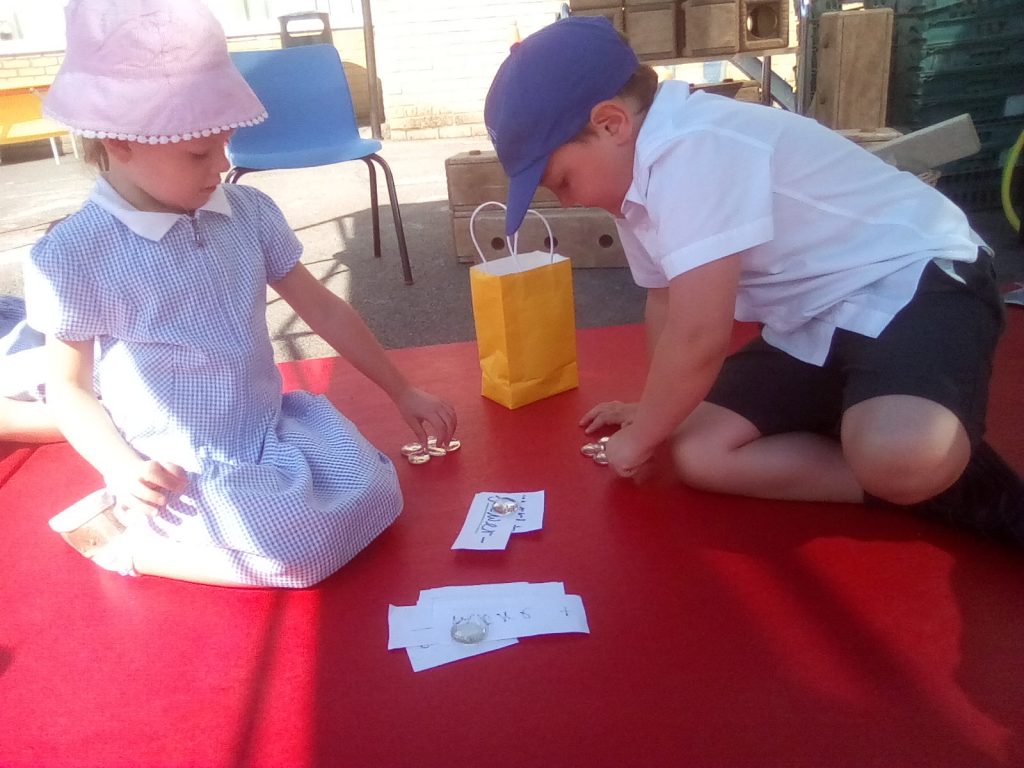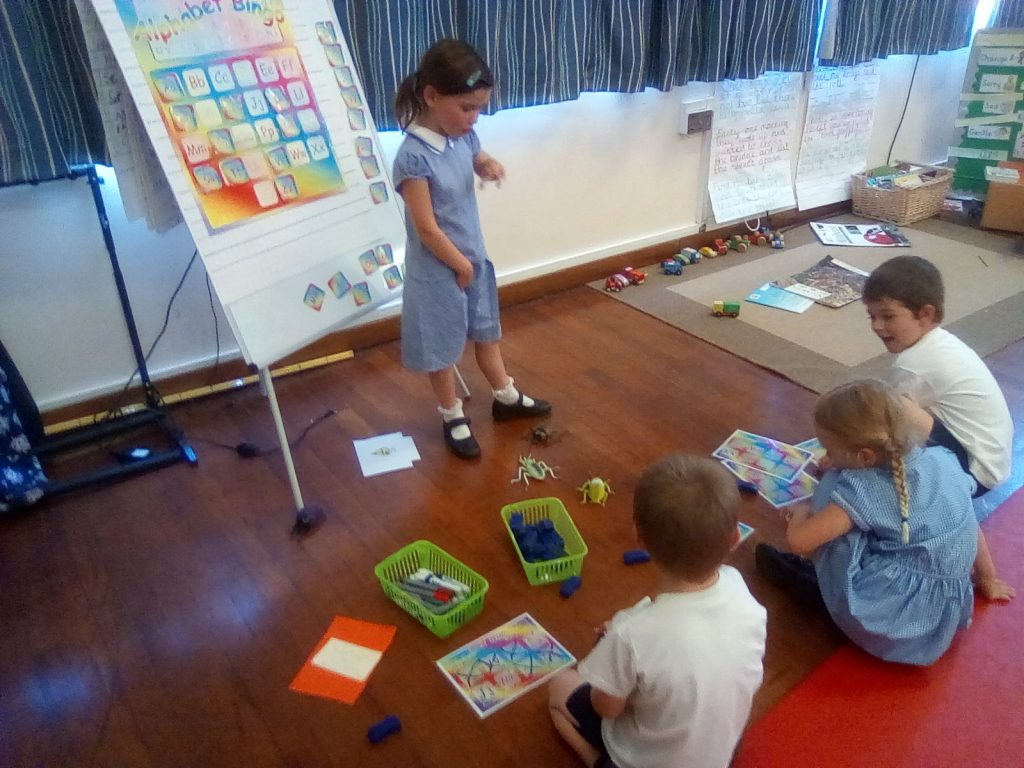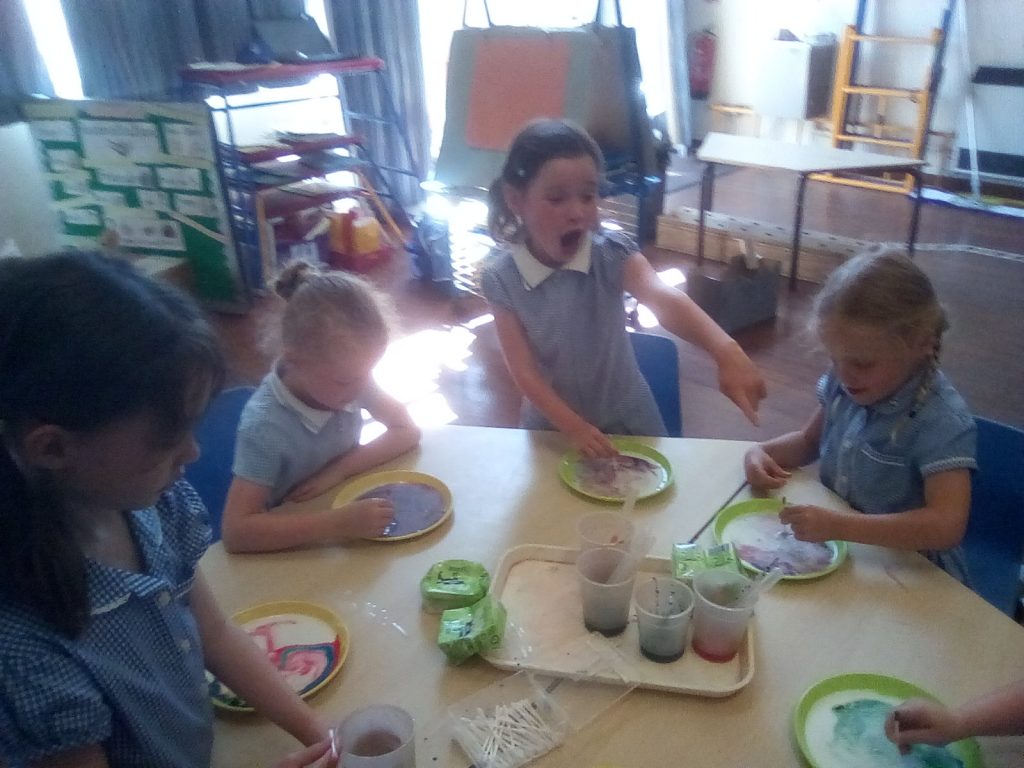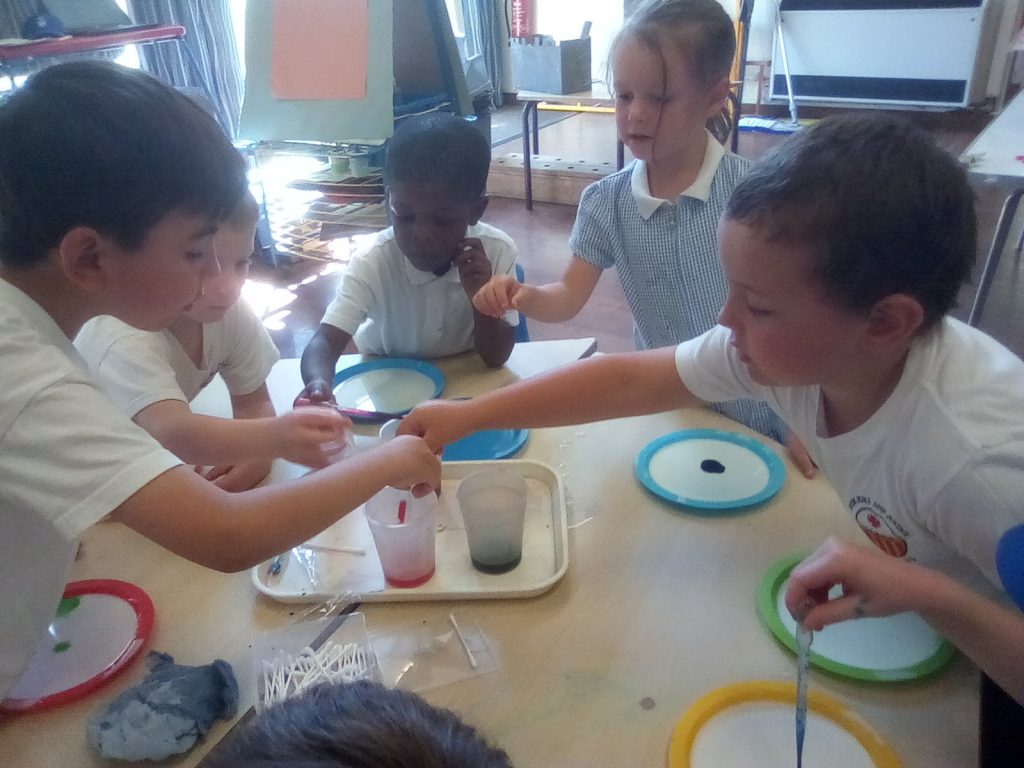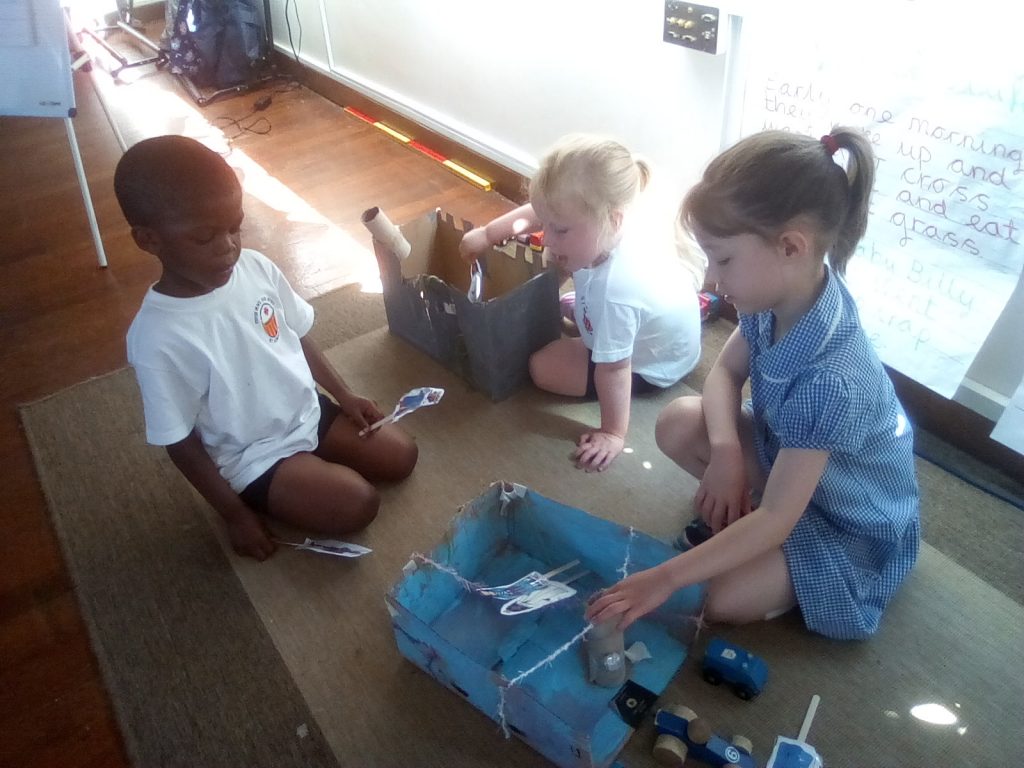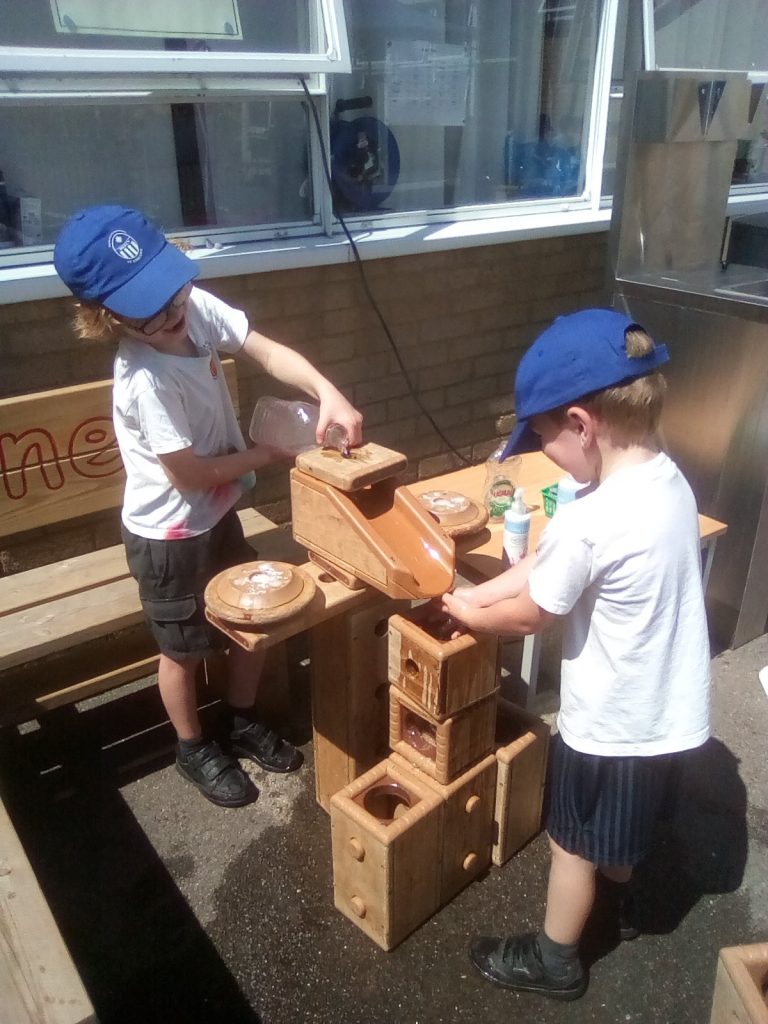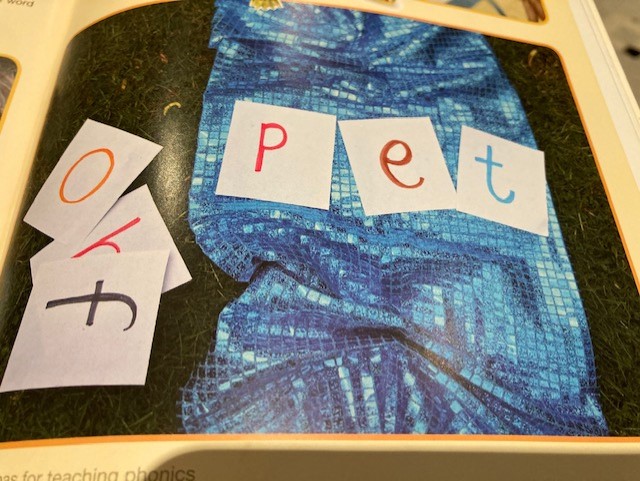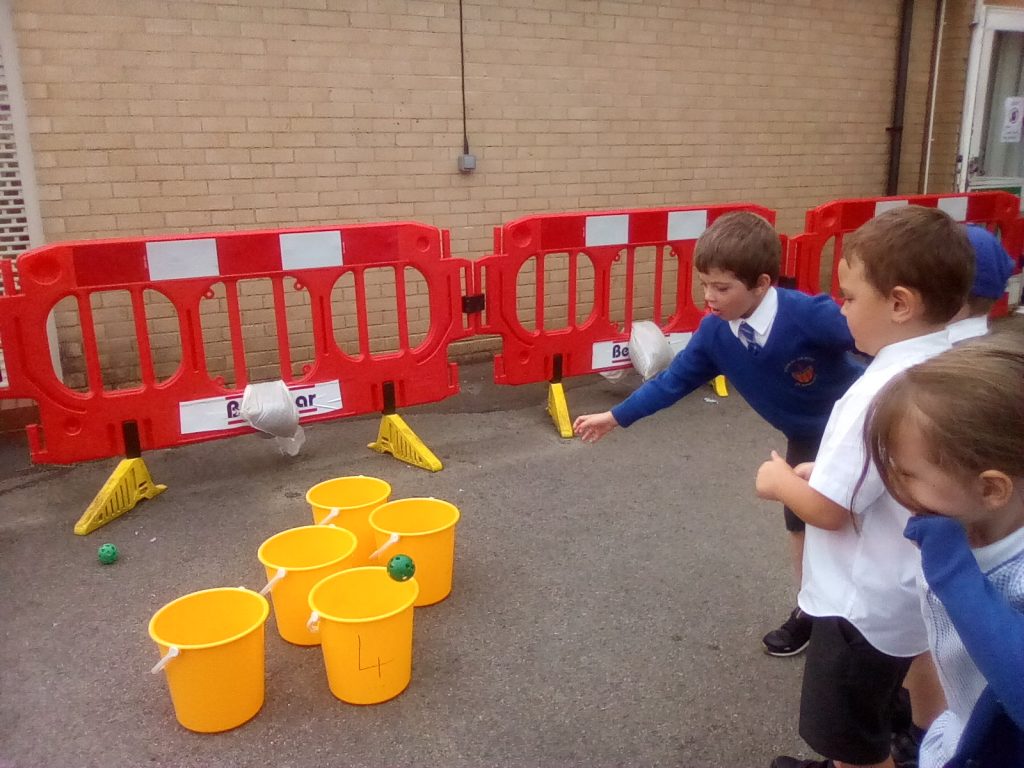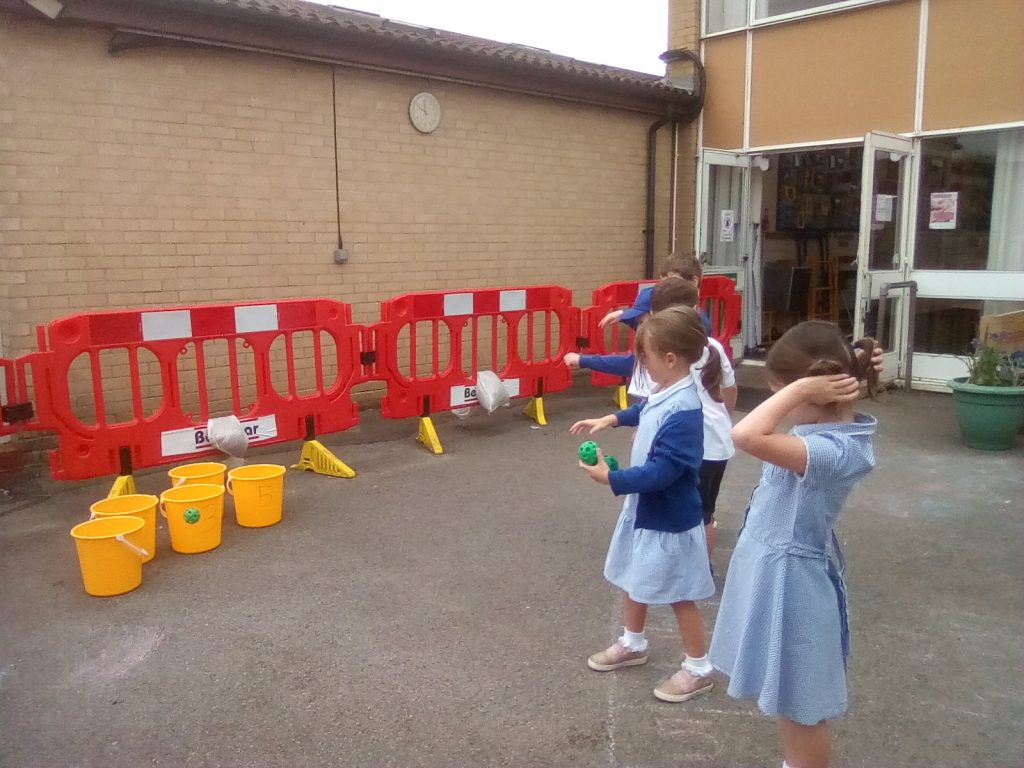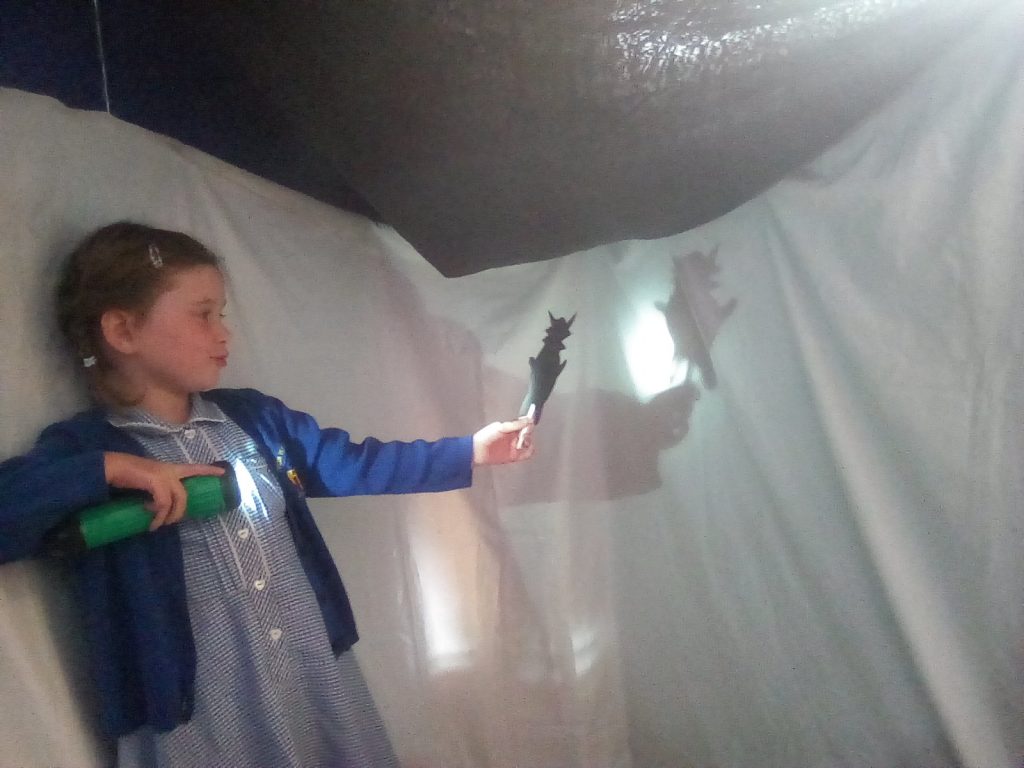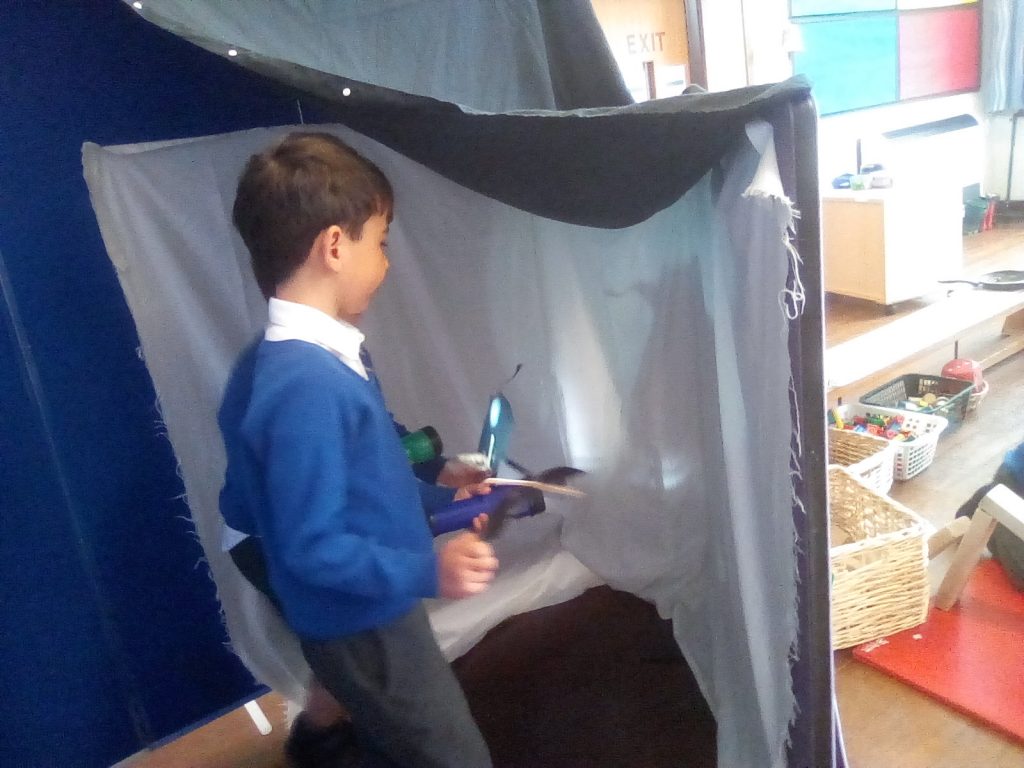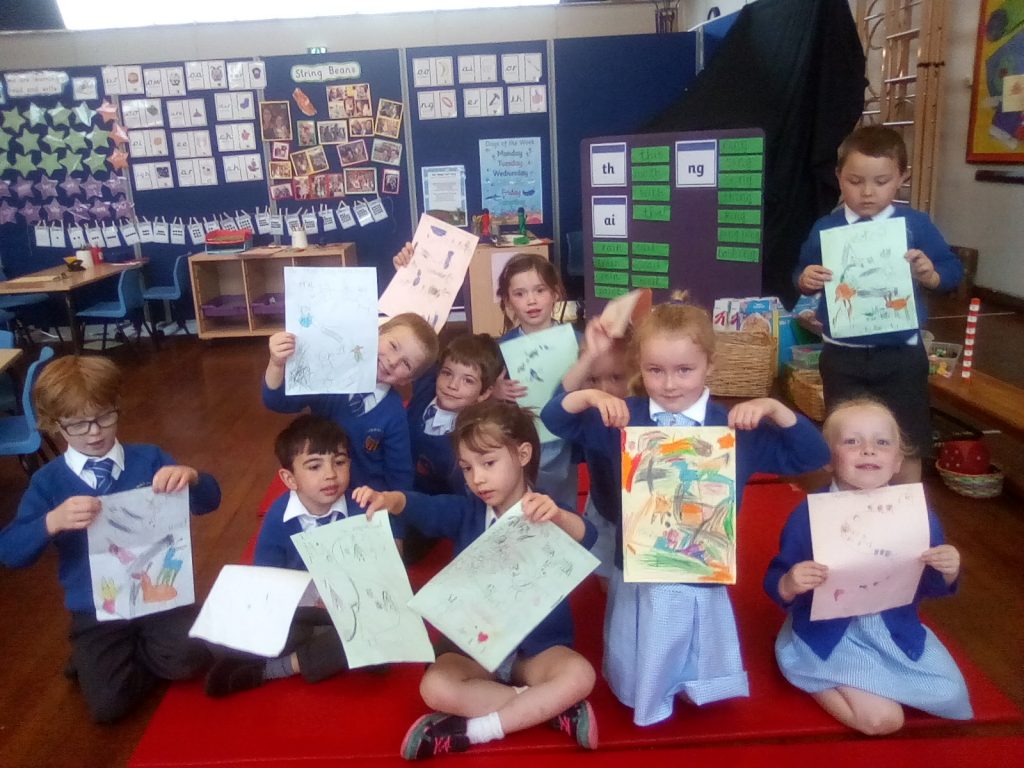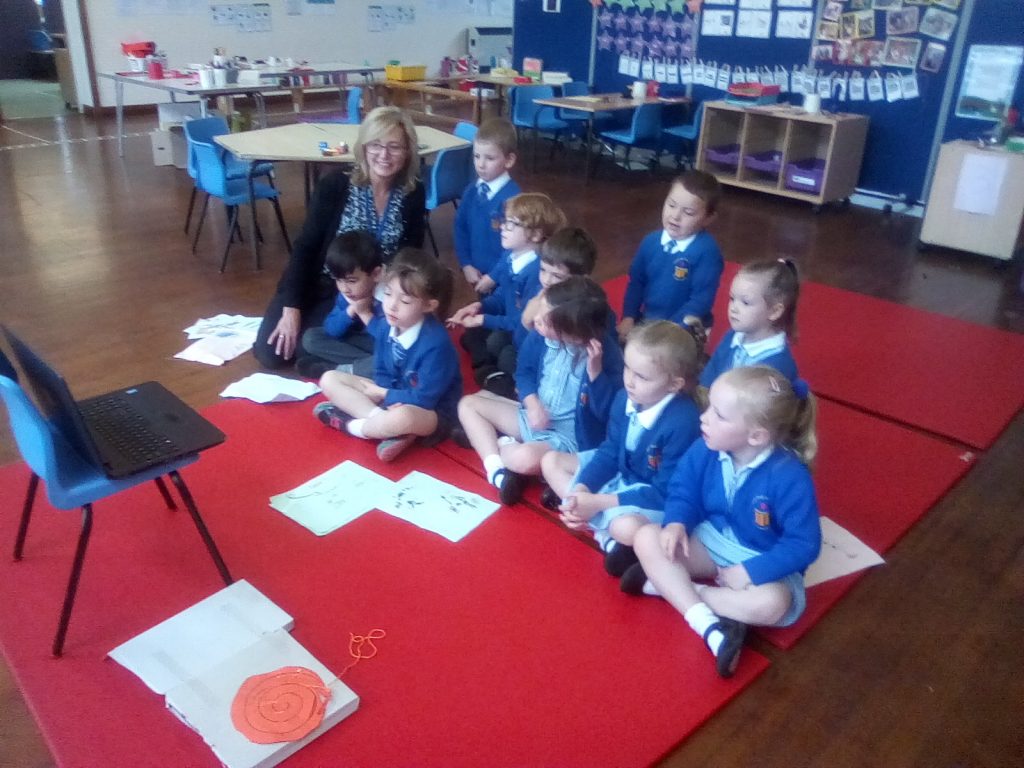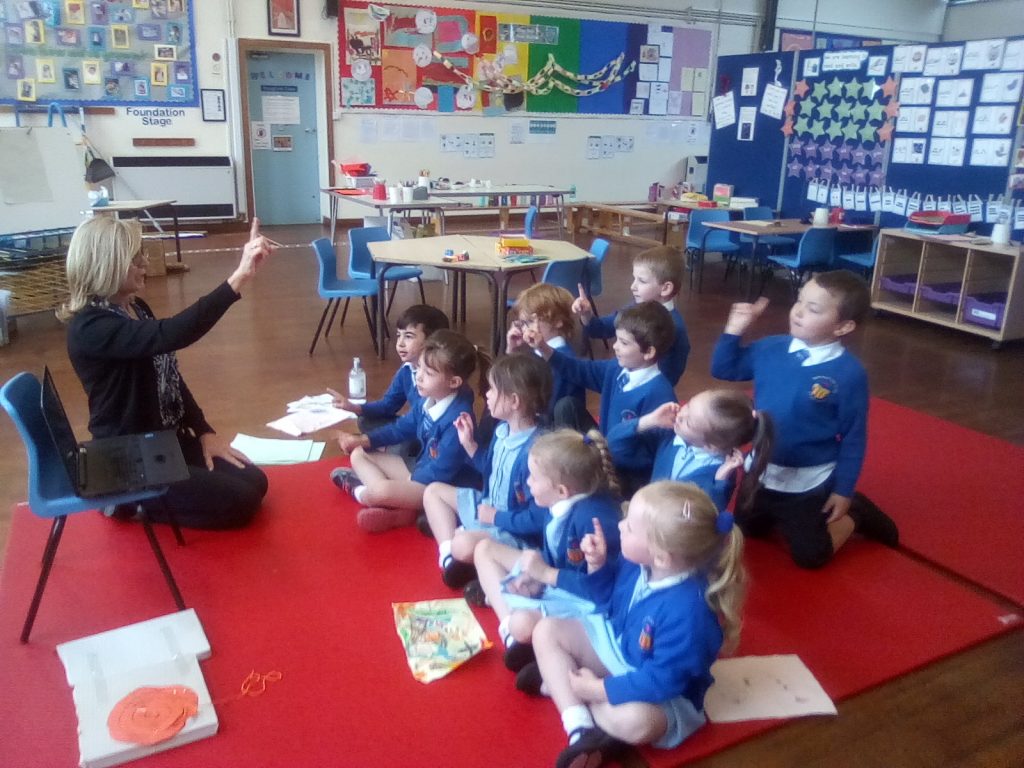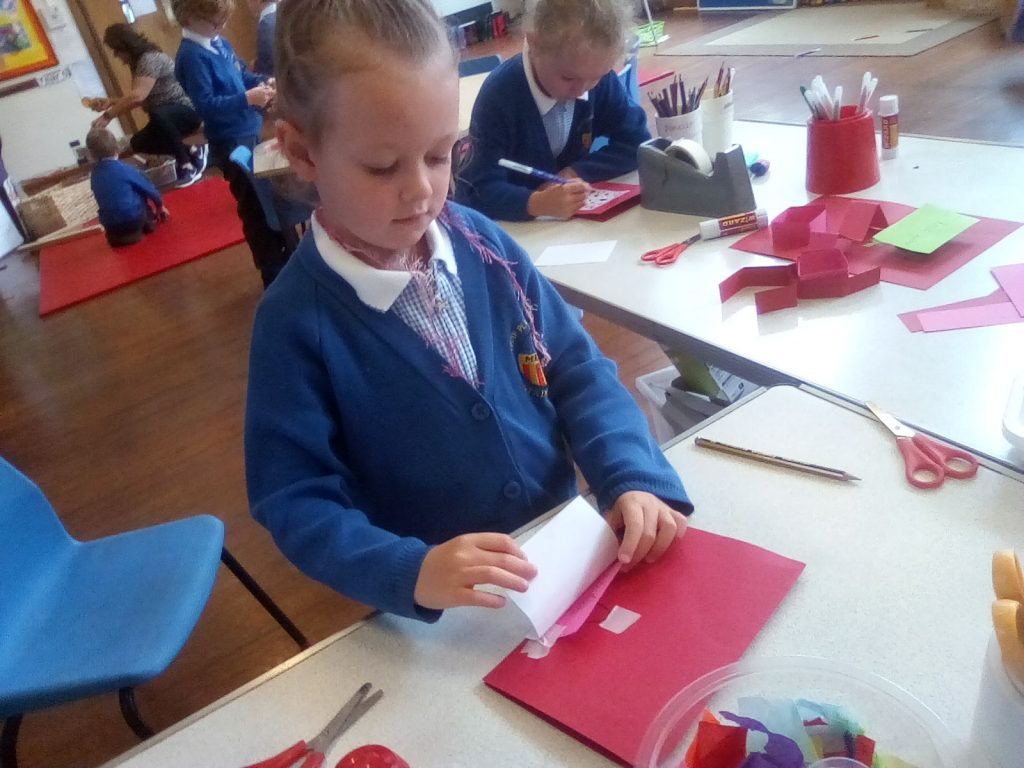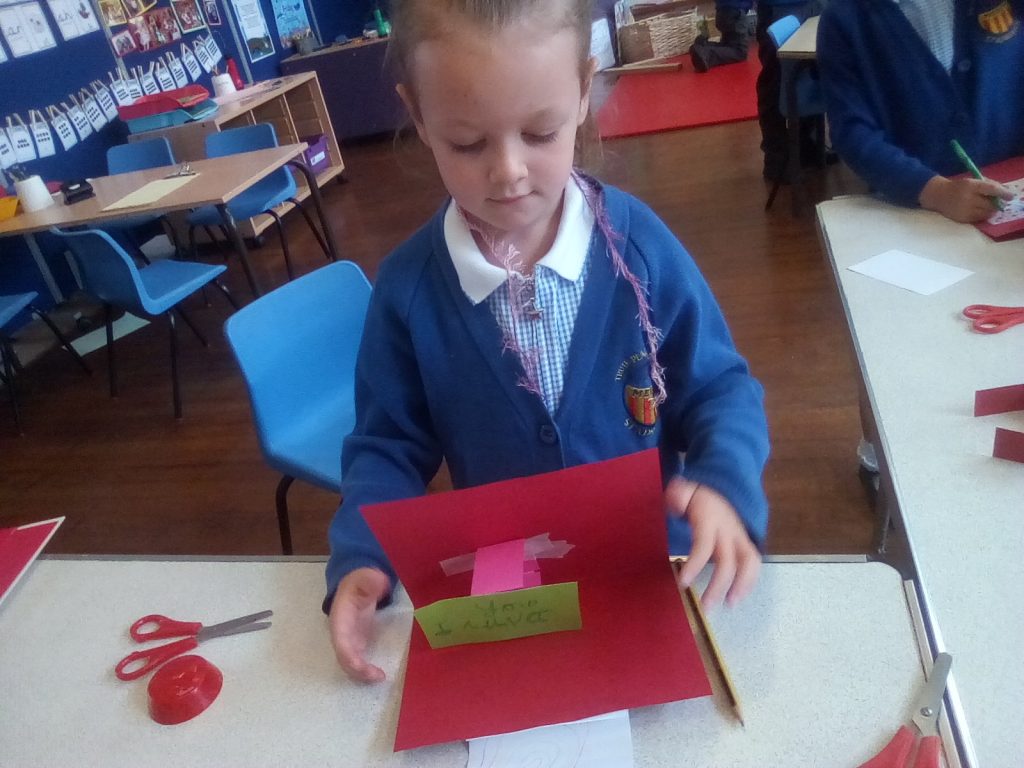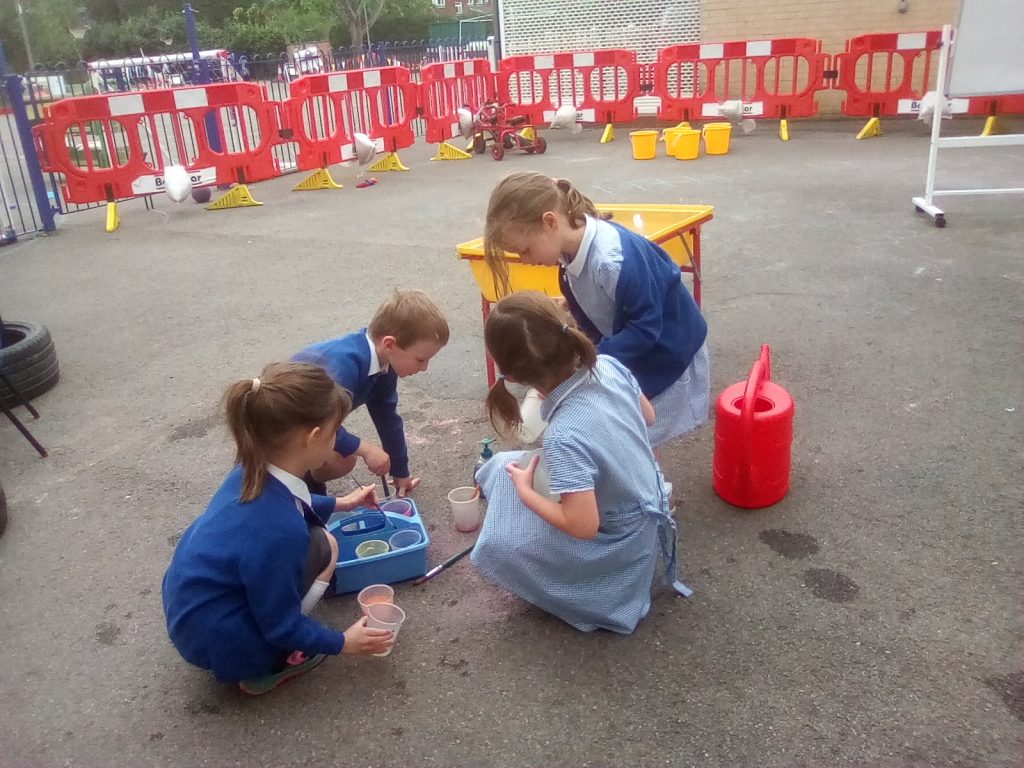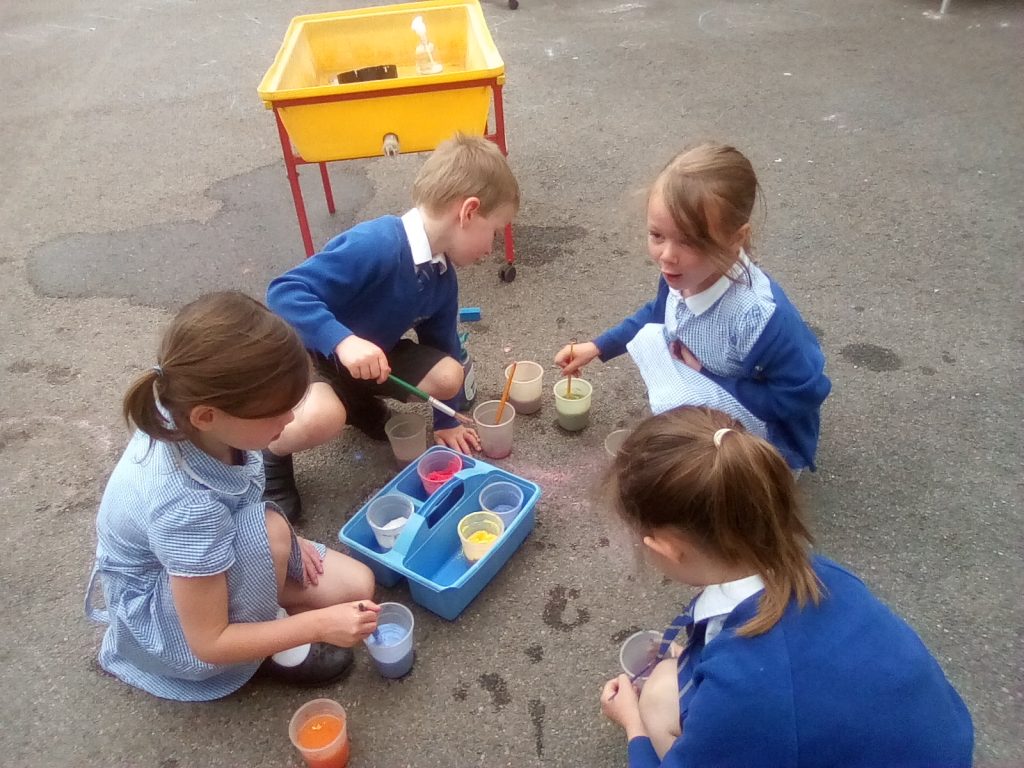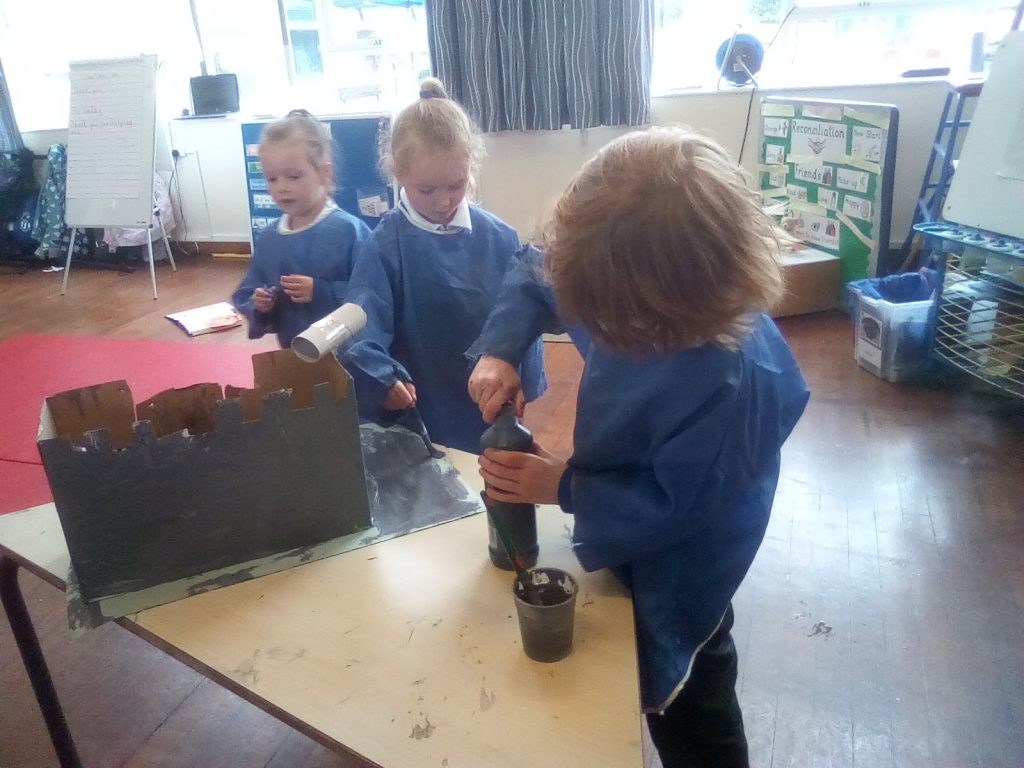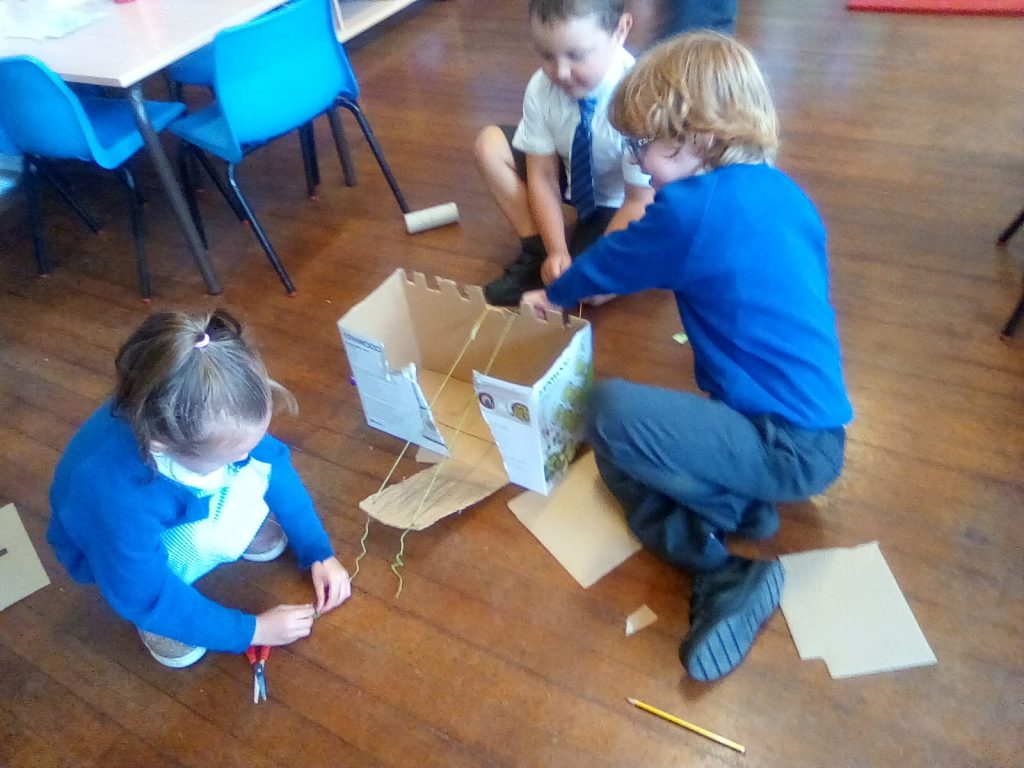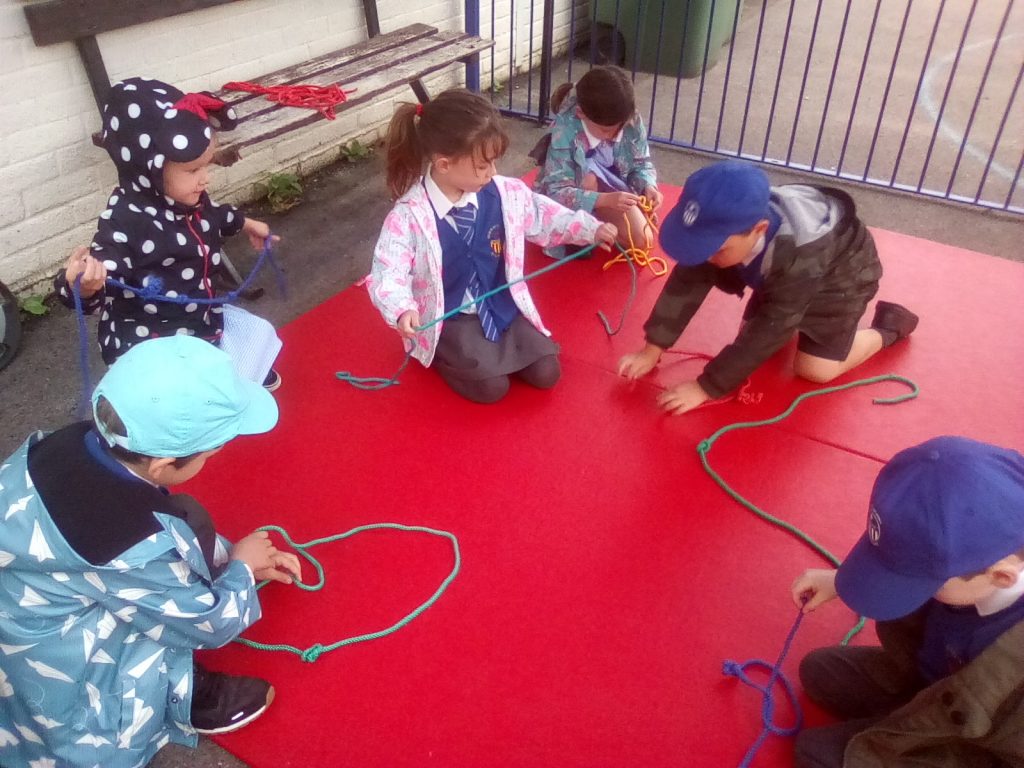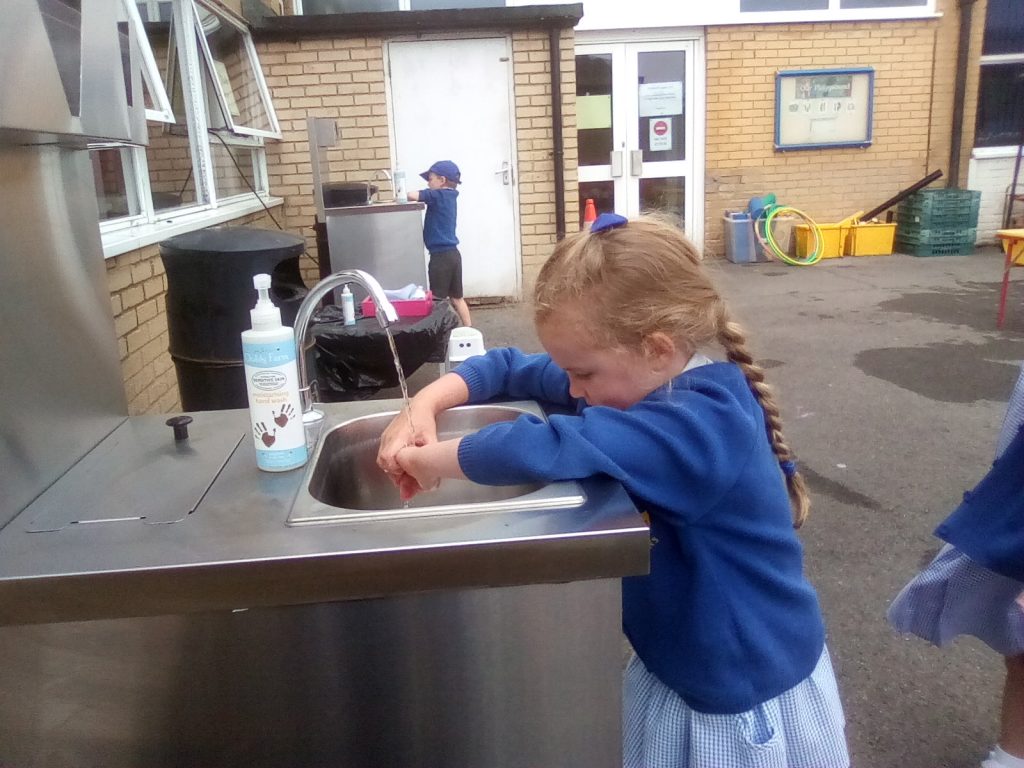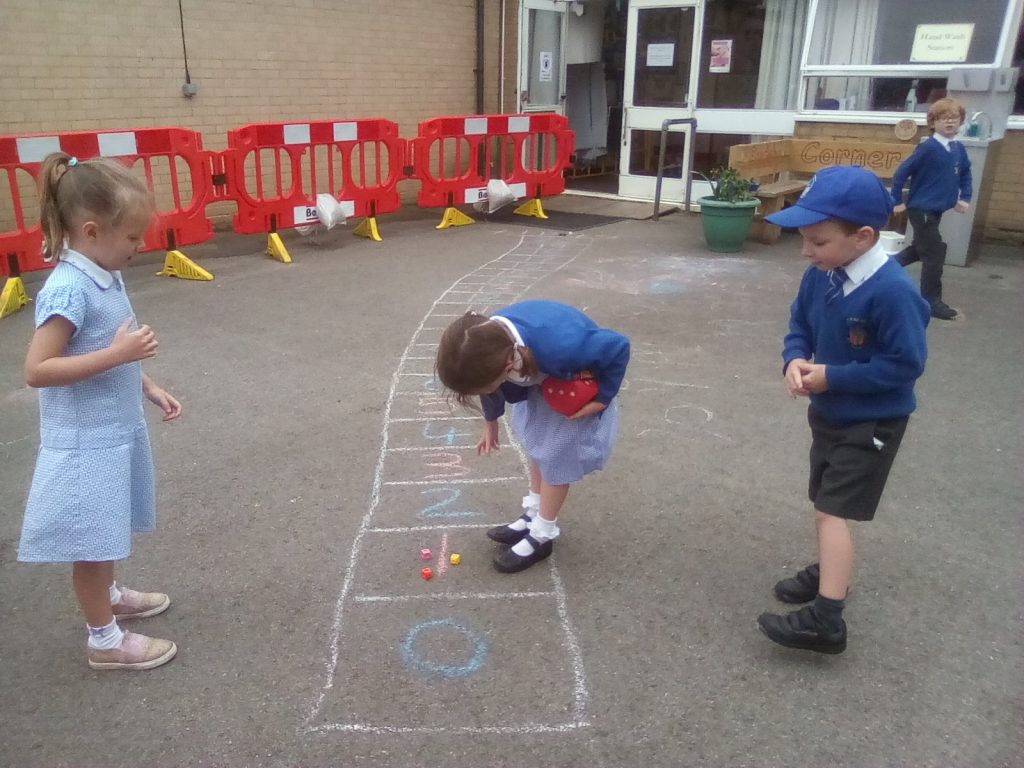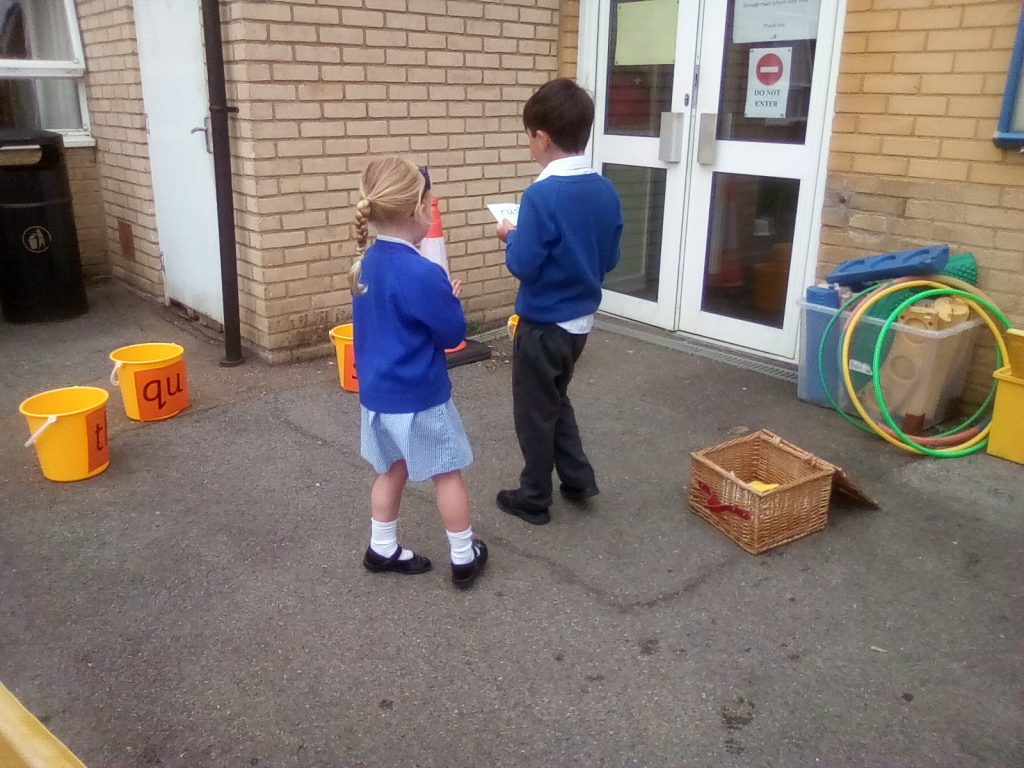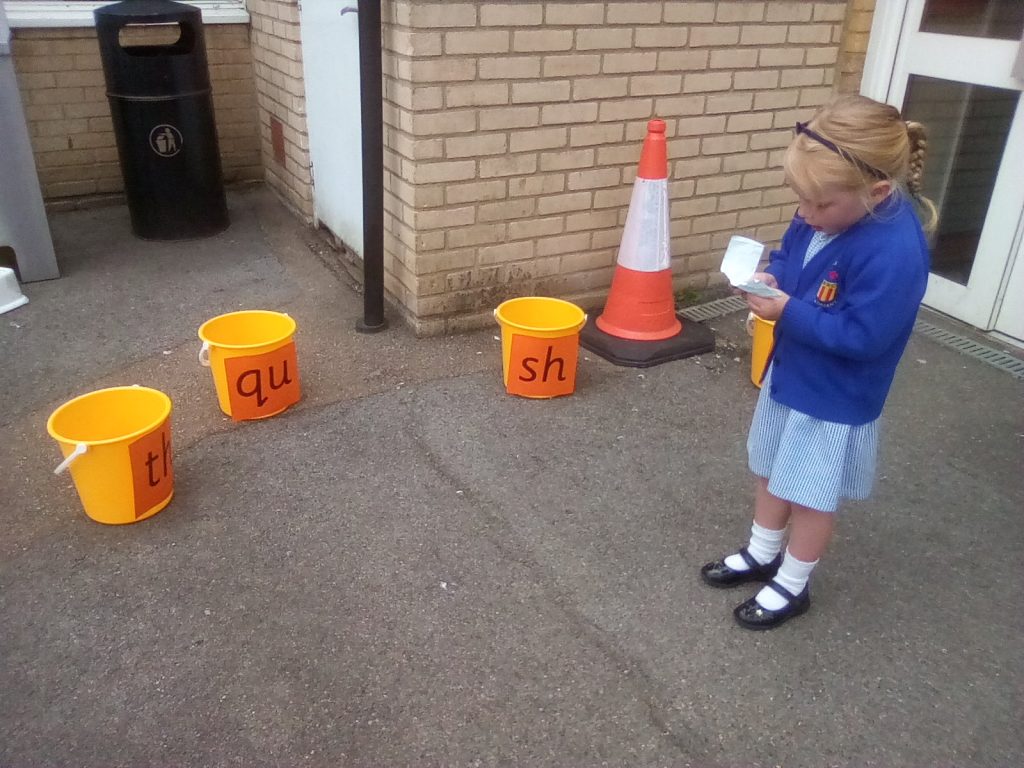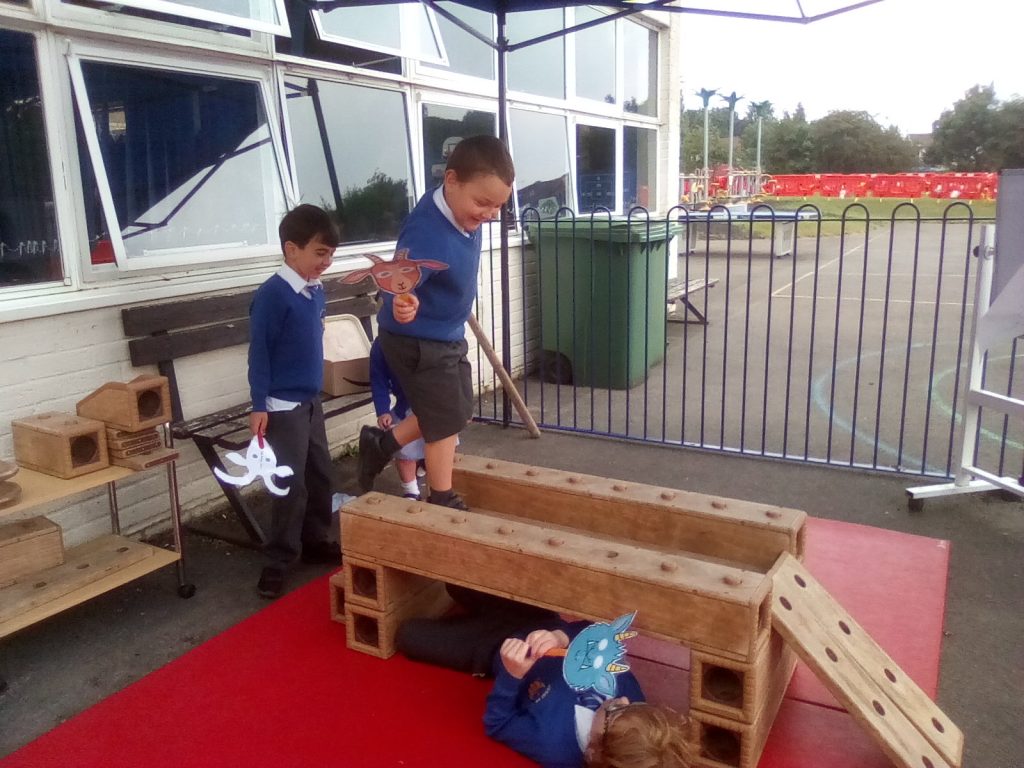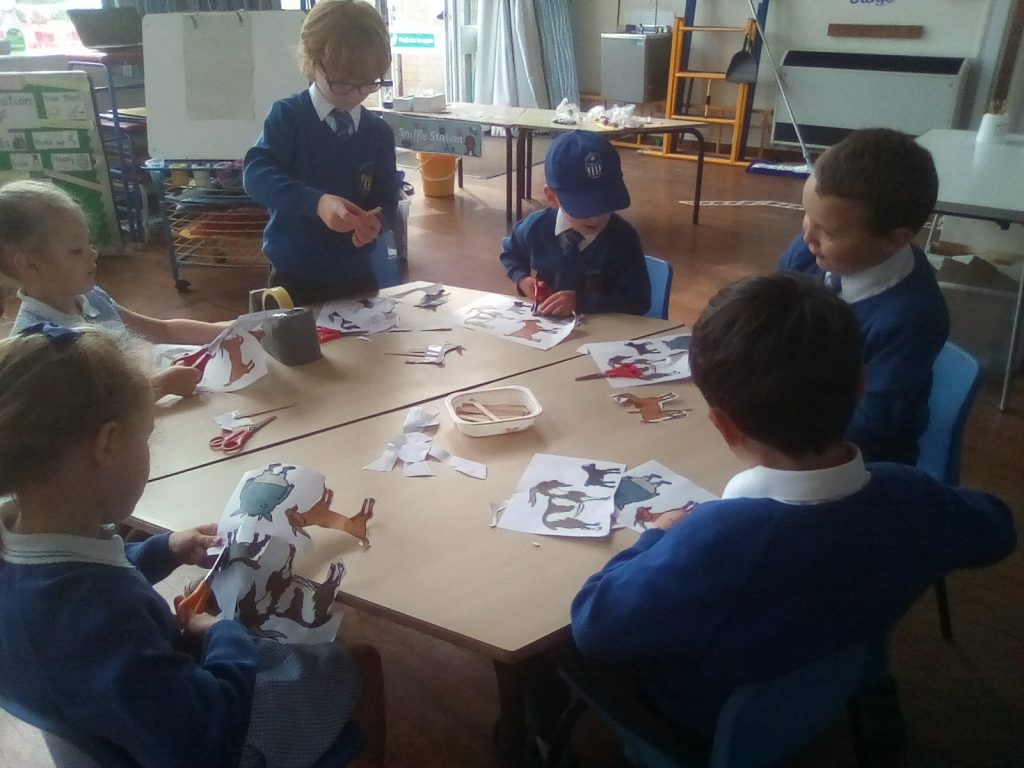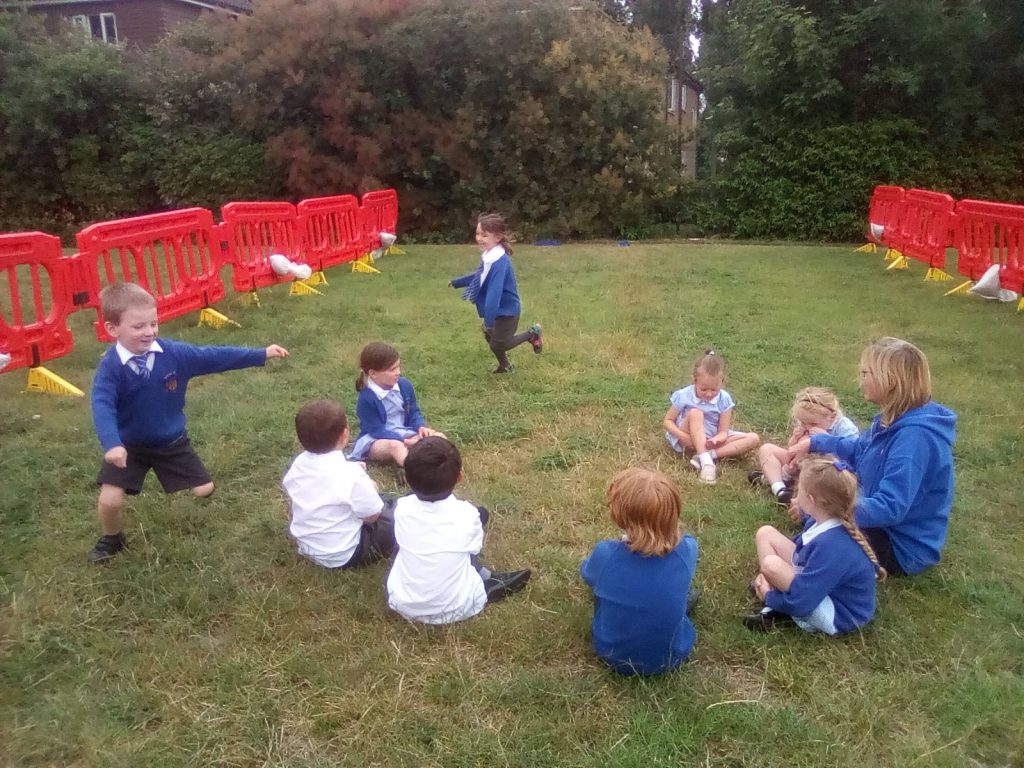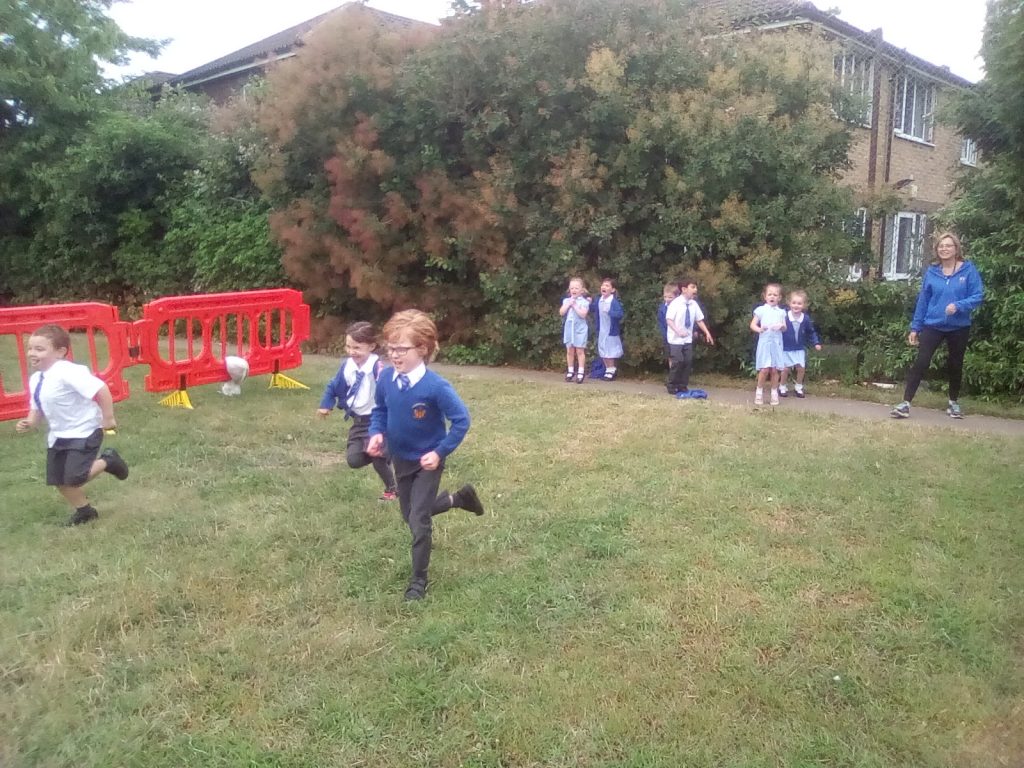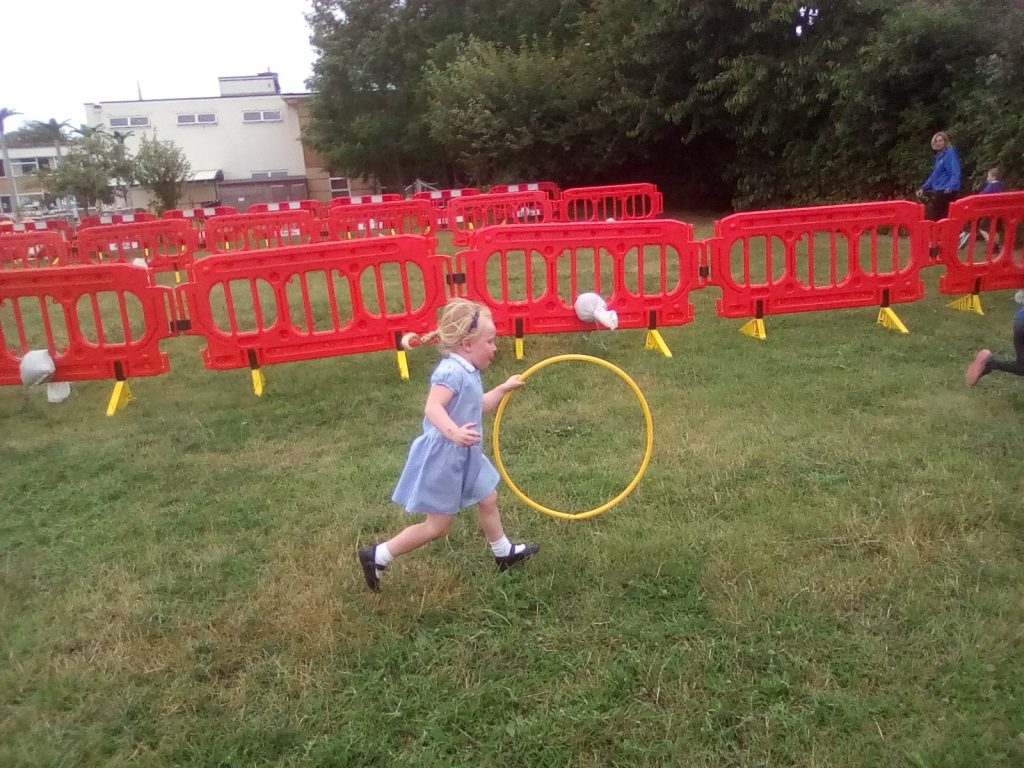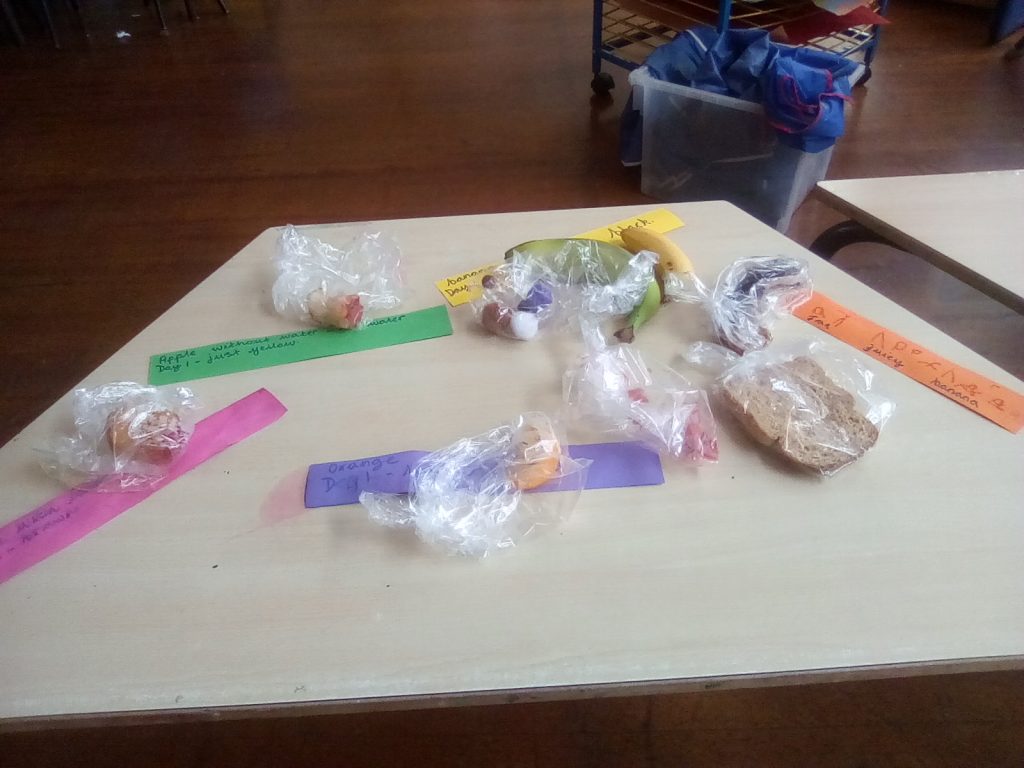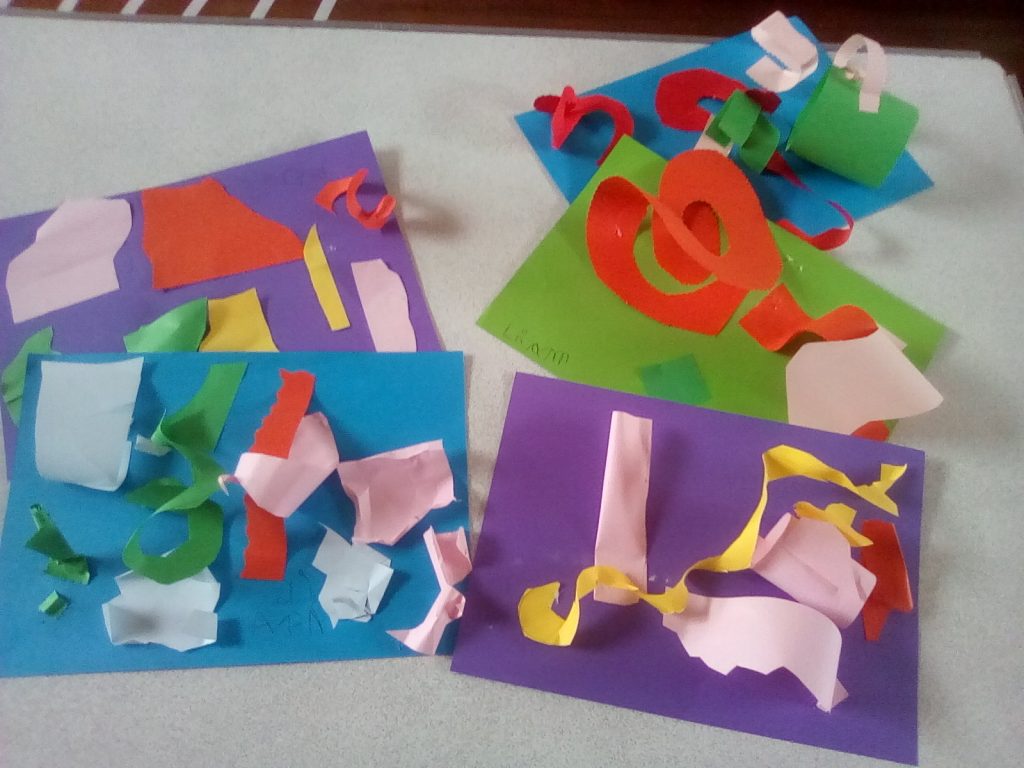Hello everyone,
It’s hard to believe that we have just completed our last full week in Reception already!
Letters and Sounds
This week in Letters and Sounds we have been consolidating spelling of tricky words and high frequency words. We also revisited the following sounds:
oi, ear, air, ure, er
Words you may wish to try at home:
oi – oil, coin, join, boil, soil, foil, soil
ear – hear, year, fear, beard, spear, near
air – air, fair, hair, pair, lair, stairs, chair
ure – sure, pure, cure, manure, mature
er – fern, flower, dinner, summer, hammer, boxer, herb, winter
To help the children remember those trigraphs (3 letters/1 sound) we watched the antics of Geraldine the Giraffe (Mr Thorne Does Phonics). Just Google ‘Geraldine the Giraffe’ followed by the sound you wish to find. Below are the videos we watched in class this week.
Meet the Teacher
The children made an ‘All About Me’ wheel on a paper plate to share with Miss Perry, our Year 1 Class Teacher. Each member of the class had the opportunity to chat with Miss Perry and tell her all about their family, favourite hobby, animal etc.
Miss Perry set the children a challenge for over the summer holidays. She asked them to create a portrait of themselves to bring into school on their first day into Year 1. This can be a painting, drawing or collage creation. The portrait will form the basis of their first topic ‘All About Me’.
The children have also been writing a book about themselves in Reception. The aim being to develop confident, independent sentence writing. They wrote about likes/dislikes and described their features such as hair and eye colour. We are aiming to finish the books next week to take home. They are very proud of their books and looking forward to showing off their writing skills.
Maths
This week the children have been writing numerals 0 – 20 in sequence. They used a number line to self-assess their numerals, looking out for reversals of numbers (eg. 3, 7, 9) and making corrections as necessary.
Religious Education
We have been talking about God’s wonderful world and thinking about we can take care of God’s world. We read the creation story from the Bible and discussed the basic concept of ‘fair trade’ and sharing the world’s resources such as food and water. We shared a plate of biscuits and the children immediately exclaimed “That’s not fair!” when Mrs Palmer had the most biscuits on her plate.
Below is a video you may wish to watch at home – God’s Creation according to Genesis.
Wishing you all a super weekend.
Nicola Palmer
